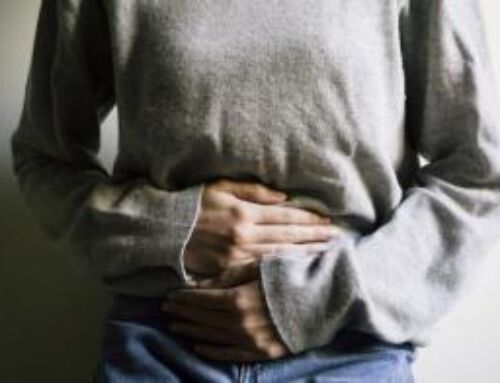NEJM published that mini-slings that insert into the obturator internus muscle do not reduce the risk of groin pain and are twice as likely to cause dyspareunia
“The New England Journal of Medicine published that mini-slings that insert into the obturator internus muscle do not reduce the risk of groin pain and are twice as likely to cause dyspareunia when compared to full-length mid-urethral slings,” states Greg Vigna, MD, JD.
Dr. Greg Vigna, practicing physician, national pharmaceutical injury attorney, and certified life care planner continues, “Mini-slings were designed to reduce the unreasonable risk of chronic groin pain that occurs with full-length transobturator slings. They did not and made things worse in terms of the occurrence of painful sex and they eroded more into the vagina. This is very bad.”
Dr. Vigna continues, “Our cases have focused on nerve entrapment from mid-urethral slings that cause catastrophic pain. We are now evaluating all cases that involve pain following any mid-urethral sling as the literature is torching the safety of the mini-slings that insert into the obturator internus. The NEJM article is clear that women are at an unreasonable risk of chronic groin pain, painful sex, and erosions with limited benefit, if any. These are trash devices.”
Dr. Vigna adds, “Defense experts under oath are rejecting the 2020 AUGS-IUGA Joint Position Statement on the Management of Mesh-Related Complications for the FPMRS Specialist that supports nerve entrapment as a mechanism of pain caused by the arms of a transobturator and retropubic sling devices. This position was supported by the American Urogynecological Society (AUGS), the International Urogynecological Association (IUGA), the Society of Gynecological Surgeons (SGS), and American Association of Gynecological Laparoscopists (AAGL). We believe that combination medical malpractice claims against implanting physicians and product manufacturers will be the best way to sort out the issues of physician knowledge, the specific warning provided by manufacturers and their sales representatives, and see where the fault lies.”
“We are now evaluating all cases that involve pain following any mid-urethral sling as the literature is torching the safety of the mini-slings that insert into the obturator internus.” — Greg Vigna, M.D., J.D.
Dr. Vigna concludes, “We were in this before the FDA banned pelvic organ prolapse devices, before the 2019 NICE recommendations, the 2020 Joint Position Statement, the 2021 NICE exceptional surveillance note, Fuentes, Cameron, and the recent New England Journal of Medicine. We are really just getting started.”
Red flag warning signs of neurological injury from mid-urethral slings include:
- Groin pain
- Hip pain
- Inability to wear tight pains
- Clitoral pain or numbness
- Severe pain that makes vaginal penetration impossible
- Tailbone pain
- Anorectal pain
- Painful bladder
- Pain with sitting
Dr. Vigna is a California and Washington DC lawyer who focuses on catastrophic injuries and the neurological injuries caused by transvaginal mesh devices including pudendal neuralgia, obturator neuralgia, ilioinguinal neuralgia, and complex regional pain syndrome. Ben Martin and Laura Baughman are national pharmaceutical injury attorneys in Dallas, Texas.
Learn more on the anatomical basis for TOT complications including obturator and pudendal neuralgia and the treatments of obturator and pudendal neuralgia.
Click here for a FREE BOOK on Vaginal Mesh Pain and for articles, video resources, and information visit the Pudendal Neuralgia Educational Portal or https://tvm.lifecare123.com/. For information regarding sling related complications visit: https://tvm.lifecare123.com/slingebook.html
References:
https://www.augs.org/assets/1/6/Joint_Position_Statement_on_the_Management_of.99428.pdf
https://www.nice.org.uk/guidance/ng123/resources/urinary-incontinence-and-pelvic-organ-prolapse-in-women-management-pdf-66141657205189
https://www.nice.org.uk/guidance/ng123/resources/2021-exceptional-surveillance-of-urinary-incontinence-and-pelvic-organ-prolapse-in-women-management-nice-guideline-ng123-pdf-11606677273285
https://www.nejm.org/doi/full/10.1056/NEJMoa2111815?af=R&rss=currentIssue
https://www.sciencedirect.com/science/article/abs/pii/S0020729210003863
Greg Vigna, MD, JD
Vigna Law Group
+1 800-761-9206
email us here
Visit us on social media:
Facebook
Twitter
LinkedIn





